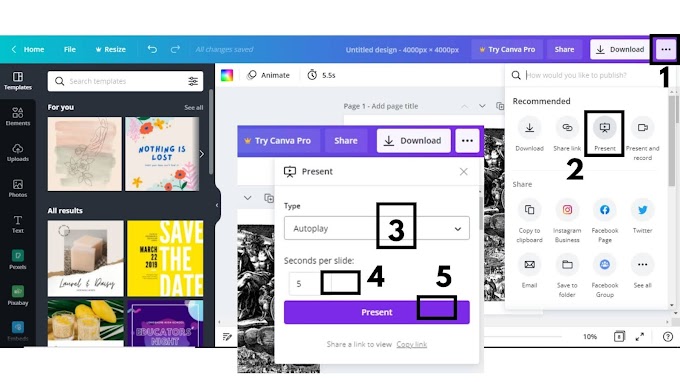Quitting a job is a significant decision that can impact your career and
personal life. It's essential to handle this process thoughtfully to ensure a
smooth transition and maintain your professional reputation. This guide will
provide you with a step-by-step approach to quitting your job while maximizing
your benefits and minimizing potential drawbacks.
Corporate Rule No. 1: Trust Cautiously
In the corporate world, it's important to maintain a professional
distance. As the saying goes, "Never trust anyone fully." Your
primary focus should be on your work, ensuring you get paid and return home.
While camaraderie with colleagues is beneficial, remember that your family will
always be your true support system.
Step 1: Assess Your Situation
Before making any rash decisions, assess your current job situation. If
you are facing challenges or receiving undue pressure from your boss, try to
remain patient.
Resigning in haste can lead to financial instability, affecting your
ability to pay bills, manage expenses, and meet installment obligations.
Step 2: Build Resilience
In every job, you will face difficult situations. It's crucial to
develop a thick skin to withstand any negativity or abuse. Focus on your
long-term goals and remain professional, even in challenging times.
Step 3: Start Your Job Search
Begin searching for new job opportunities through national job portals
and networking. Having an updated and attractive resume is key. Tailor your job
applications to highlight your relevant experience, as this will increase the
number of interview calls you receive.
Step 4: Evaluate Prospective Employers
When you start receiving interview calls, evaluate each potential
employer carefully. Consider the company’s size, reputation, and whether it is
publicly listed. These factors can influence your career trajectory and job
security.
Step 5: Secure a Job Offer before Resigning
One of the most critical steps is to secure a job offer before you
resign from your current position. If you resign without an offer in hand, the
new employer may not offer you a salary hike, potentially resulting in
financial loss. Some companies might even offer you a lower salary than your
previous job, which could affect your financial stability.
Step 6: Negotiate a Salary Increment
If possible, negotiate a salary increment with your current employer
before you resign. Once you receive the increased salary, resign with the new
offer in hand. This ensures that you do not lose out on the salary increment.
Be aware that payroll teams often follow practices that prevent resigning
employees from receiving their increased salary.
Step 7: Manage Your Notice Period
Plan your notice period strategically to minimize disruptions. Aim to
keep your notice period as short as possible to avoid any extended assignments
that could delay your transition to the new job. Ensure that you complete all
necessary tasks and obtain clearances to secure a smooth exit and final
settlement as per your appointment letter.
Practical Tips for Quitting Your Job
Write a Professional Resignation Letter: Keep your resignation letter
concise and professional. Express gratitude for the opportunities provided and indicates
your last working day.
Schedule a Meeting with Your Manager: Discuss your resignation in person
with your manager. This shows professionalism and allows you to explain your
reasons for leaving.
Offer to assist with the Transition: Show goodwill by offering to help
train your replacement or complete pending projects before your departure.
Avoid Burning Bridges: Maintain a positive attitude during your notice
period. Avoid speaking negatively about the company or colleagues, as this can
harm your professional reputation.
Prepare for an Exit Interview: Be honest but tactful in your exit
interview. Provide constructive feedback that can help the company improve
while maintaining your professionalism.
Example Scenarios and Responses
Scenario 1: You receive an abusive email from your boss.
Response: Remain calm and document the incident. Consider discussing it
with HR if it continues.
Scenario 2: You get a job offer with a lower salary than your current
one.
Response: Negotiate the salary by highlighting your experience and the
value you bring. If negotiations fail, weigh the pros and cons before making a
decision.
Scenario 3: You are asked to extend your notice period.
Response: Politely decline if it conflicts with your new job start date.
Offer to assist with the transition remotely if feasible.
Takeaway:
Quitting a job is a delicate process that requires careful planning and
execution. By following these steps, you can ensure a smooth transition,
maintain your professional reputation, and secure a better future. Remember,
patience and strategic planning are key to successfully navigating this
significant career move.







0 Comments
Please do not enter any spam link in here